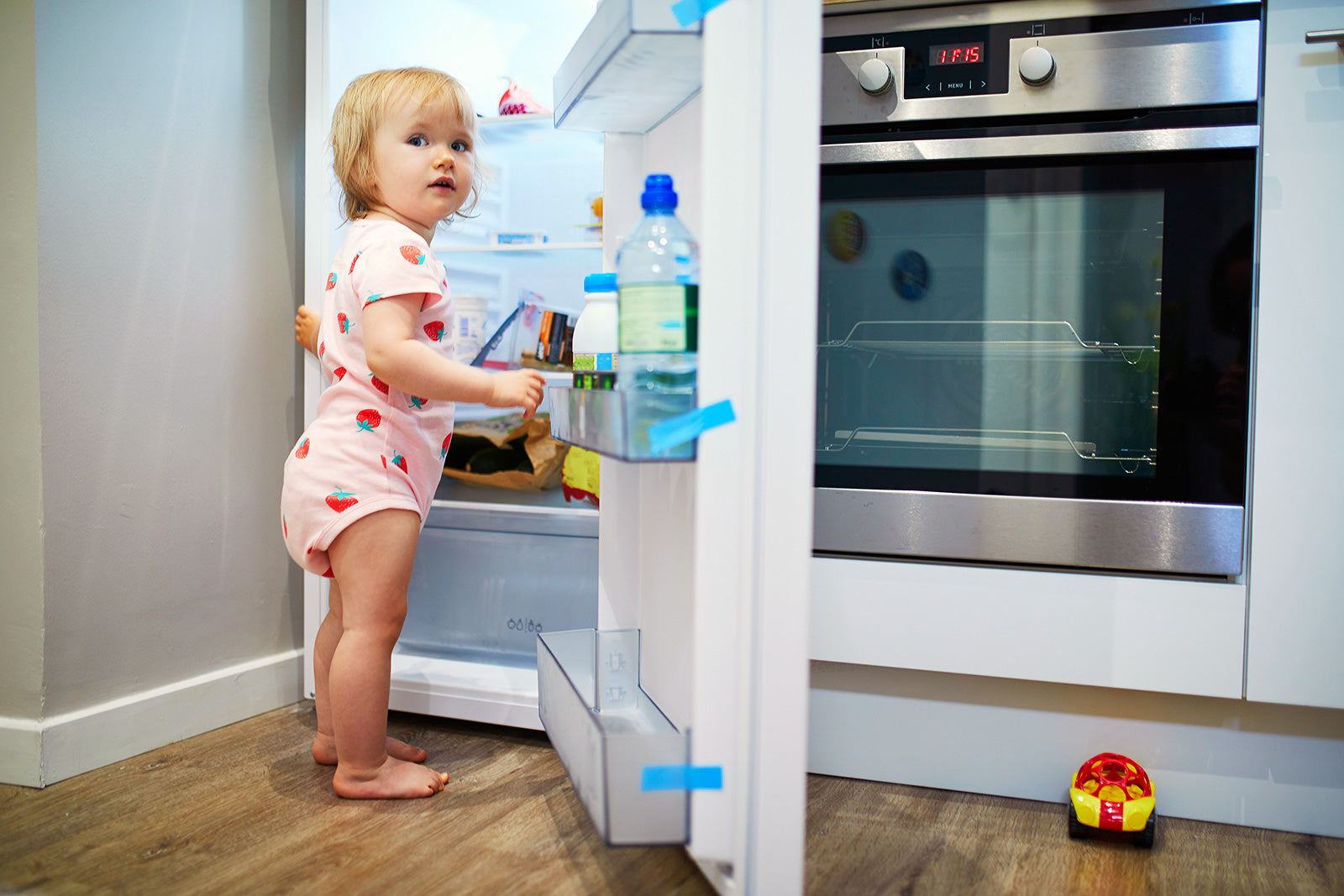How To Get a Newborn To Sleep In a Bassinet

Let’s talk about the elusive art of how to get your newborn to sleep in a bassinet. If you’ve ever gently placed your baby into their crib, only for their eyes to snap open the second they touch the mattress – welcome to the club. Many parents, especially those who bottle feed, face this common challenge. Babies just seem to prefer being in our arms rather than in their cozy bassinet. After all, isn’t that the ideal baby sleep environment?
As adorable as this sounds, teaching your newborn to sleep in a bassinet is essential. For many, this may seem like an epic challenge, but don’t worry. With a little patience, the right techniques, and understanding of what your baby really needs, you can help them get comfortable and have them sleep soundly in their own space.
Today, we will dive into newborn sleeping tips and strategies to make the bassinet your little one’s new favorite place. Along the way, expect some supportive and practical advice to make bedtime easier.
Why Do Newborns Resist the Bassinet?
Before we teach you how to get a newborn to sleep in a crib, it’s important to understand why many babies seem “allergic” to it. Transitioning from the womb to the world is a big adjustment. Newborns crave the warmth, closeness, and movement they’ve experienced in utero. When you hold them, they feel your warmth, hear your heartbeat, and are lulled by your movements. A crib just can’t provide these comforts.
Helping your baby get used to sleeping in their bassinet is essential for their safety and your peace of mind. Let’s look at some strategies to ease the transition and help your little one get more restful sleep.
Create a Cozy, Womb-Like Environment
Babies love feeling snug and secure. You can recreate this sensation by swaddling them. A snug swaddle prevents the startle reflex that often wakes them up and makes them feel more secure in their bassinet.
Pro tip: If your baby is close to rolling over, it’s time to transition out of the swaddle and into a sleep sack to maintain safety without restricting your baby’s arms.
Make the Bassinet Smell Familiar
Newborns have a strong sense of smell and love your “fragrance.” If you’re struggling to get your newborn to sleep in a bassinet, try to make it smell like you. Place a recently worn shirt or a small, safe piece of fabric that smells like you near the bassinet, ensuring it’s out of the baby’s reach. Your scent can provide comfort and make the bassinet feel less foreign.
Pro tip: Lightly rub the bassinet mattress with your hands after feeding or cuddling your baby to transfer your scent.
Warm the Bassinet Before Placing Your Baby In
Imagine being cozily cuddled up, only to be laid down on a cool mattress – not ideal! Newborns feel the same way. To make the transition smoother, warm the bassinet before placing your baby inside. Use a heating pad or a warm water bottle to gently heat the mattress, then remove it before laying your baby down.
Pro tip: Always check the temperature to ensure the bassinet is warm, not hot. The goal is to achieve coziness, not overheating.
Feed Them Before Bed
Feeding your newborn before bedtime can help them feel full and satisfied, making it easier for them to drift off to sleep. If you bottle-feed, try to time the feedings so that your baby is awake but sleepy afterward. Avoid letting them fall asleep while feeding, as it can create a dependency on feeding to sleep.
Pro tip: Keep the environment calm and dimly lit during the final feed to set the tone for sleep.
Establish a Soothing Bedtime Routine
Babies know and love routines. Establishing a bedtime routine can signal to your baby that it’s time to wind down for the night. It doesn’t need to be complicated – a bath, a gentle massage, and a feed are great for creating the right baby sleep environment.
Pro tip: Keep bedtime activities calm, and avoid exciting or stimulating activities just before sleep.
Try White Noise
While in the womb, babies were surrounded by constant noise. Because of this, the quiet of a room can feel unsettling. A white noise machine or app can help recreate the soothing sounds they’re used to, helping them feel more secure and relaxed.
Pro tip: Use a continuous, gentle hum rather than loud noise. Many white noise machines offer various options that are particularly soothing for newborns.
Rock, But Don’t Roll
Babies love being rocked, but it’s best to put them down when they’re drowsy but still awake. This helps them learn to fall asleep on their own and prevents them from becoming reliant on movement to sleep.
Pro tip: If your baby fusses a little when you put them down, place a hand on their chest or gently pat them to reassure them that you’re still there.
Watch for Sleepy Cues
One of the best things you can do to help your newborn sleep in a bassinet is to catch them when they’re sleepy but not overtired. Signs like yawning, eye rubbing, or being less engaged are clues that they’re ready for sleep.
Pro tip: Keep an eye on your baby’s wake windows. Newborns often need to sleep every 45 minutes to an hour, so if it’s been that long since their last nap, it may be time for another.
Practice Patience
Getting a newborn to sleep requires patience. Some nights, they may settle quickly, and other nights will be more challenging. Remember, every baby is different, and learning to sleep in a bassinet is a process. Don’t be discouraged if it doesn’t happen overnight.
Pro tip: If it’s been a tough night, don’t hesitate to ask for help. Sometimes, sharing the load can make all the difference.
Safe Sleep Practices
Always keep safe sleep practices in mind: place your baby on their back on a firm, flat sleep surface with no loose blankets, pillows, or stuffed animals. This ensures a safe sleep environment for your baby.
Pro tip: Use a swaddle or sleep sack that’s snug but not tight, and avoid loose bedding.
Helping your newborn adapt to the bassinet may be a challenge, but it will get easier over time. By following these baby sleeping tips, you’ll be closer to a stress-free bedtime. And if you’d like to read more tips on newborn care, check out our other blogs!




